How to Make Cat Kibble Food | Pros, Cons, and Tips
Cat kibble is a staple in feline diets, contributing significantly to the global pet food industry valued at over $100 billion. Its convenience, affordability, and variety of nutritional formulas make it a top choice for keeping cats happy and healthy.
But how is kibble made, and what sets one brand apart from another?
In this article, we’ll dive into the world of cat kibble—exploring its production process, benefits and drawbacks, tips for selecting high-quality options, and even how you can make it at home.
Table of Content
What is Cat Kibble?
Cat kibble is a type of dry cat food made by mixing ingredients like proteins, grains, and vitamins into small, crunchy pellets. Its low moisture content gives it a long shelf life, and it’s designed to meet a cat’s nutritional needs.
Over 80% of pet owners worldwide include kibble in their cats’ diets, making it one of the most popular cat food options.
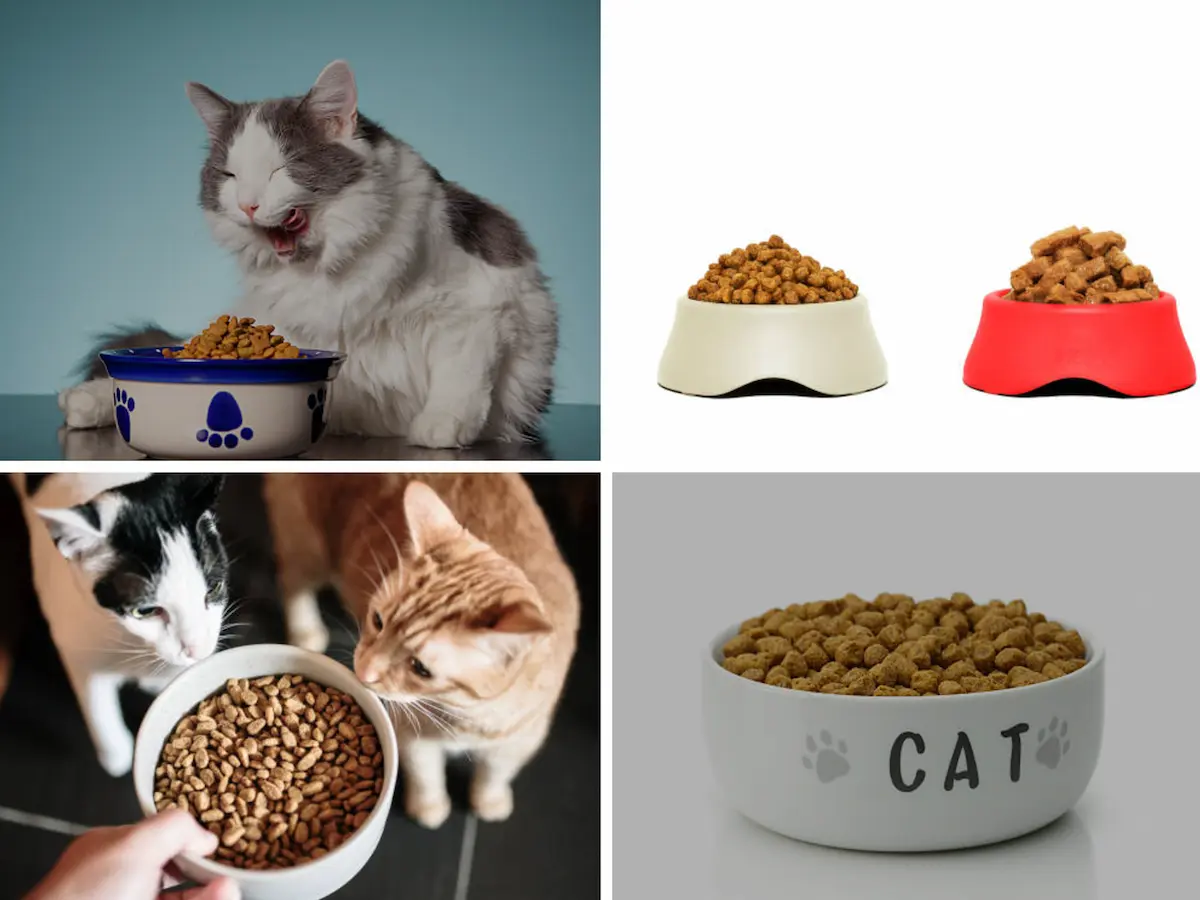
Why is Cat Kibble So Popular?
Kibble is a favorite among pet owners for many reasons. It’s convenient, affordable, and widely available. A single 1.5 kg bag of premium kibble in Malaysia costs between RM50 and RM150 and can last a cat for up to a month.
Additionally, kibble caters to specific needs, offering formulas for weight management, urinary health, or dental care, making it versatile for different cats.
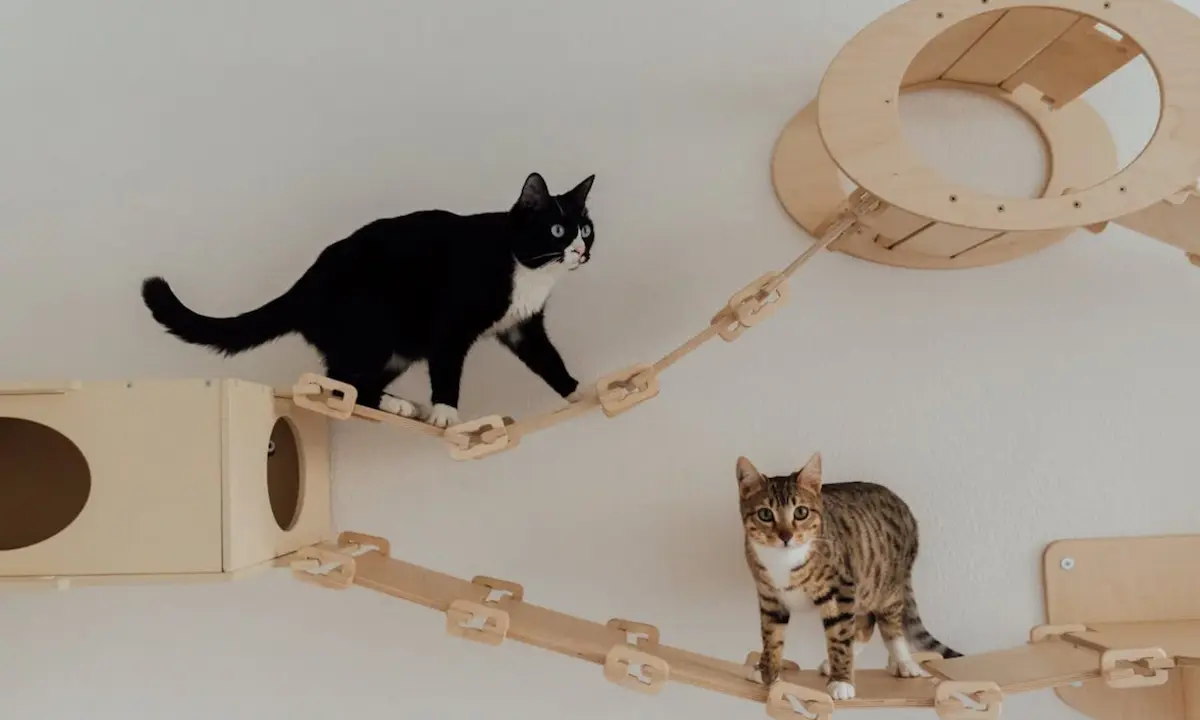
How is Cat Kibble Made?
The process of making kibble begins with mixing ingredients like proteins, grains, and vitamins. These are ground into a fine meal and cooked under high pressure in an extruder, which shapes the kibble and ensures it’s safe to eat.
After cooking, the kibble is dried to reduce moisture to about 10%, and it’s coated with fats or flavors to enhance palatability. This careful production process helps kibble stay fresh for months when stored properly.
The Pros and Cons of Cat Kibble
Kibble has its advantages and disadvantages. On the positive side, it’s convenient, easy to store, and less messy compared to wet food. Its crunchy texture can help reduce tartar buildup on your cat’s teeth.
However, its low moisture content may lead to dehydration if your cat doesn’t drink enough water, and the high cooking temperatures can reduce the nutrient content of certain ingredients. Choosing a high-quality kibble can help mitigate these issues.
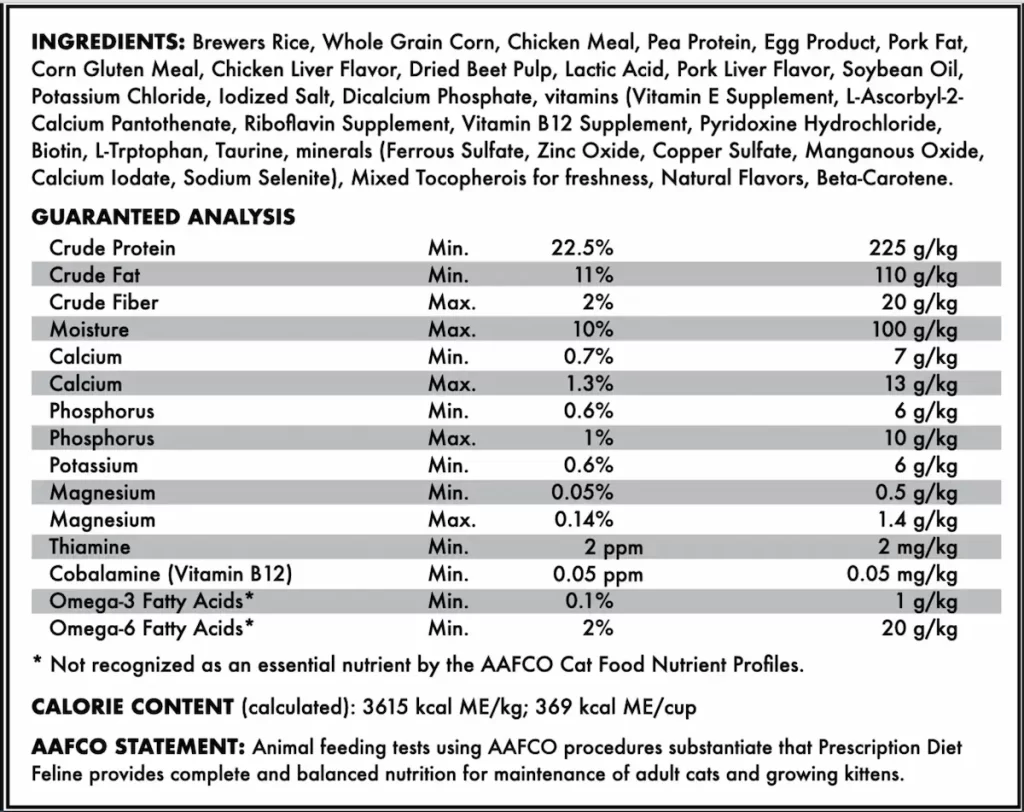
How Much Kibble Should You Feed Your Cat?
The amount of kibble your cat needs depends on their age, weight, and activity level. For example, an adult cat weighing 4–5 kg typically requires about 200–300 kcal per day, which translates to 1/2 to 3/4 cup of kibble, depending on the brand.
Kittens need smaller, more frequent meals, while senior cats may require fewer calories to prevent weight gain. Always consult your vet for tailored feeding recommendations.
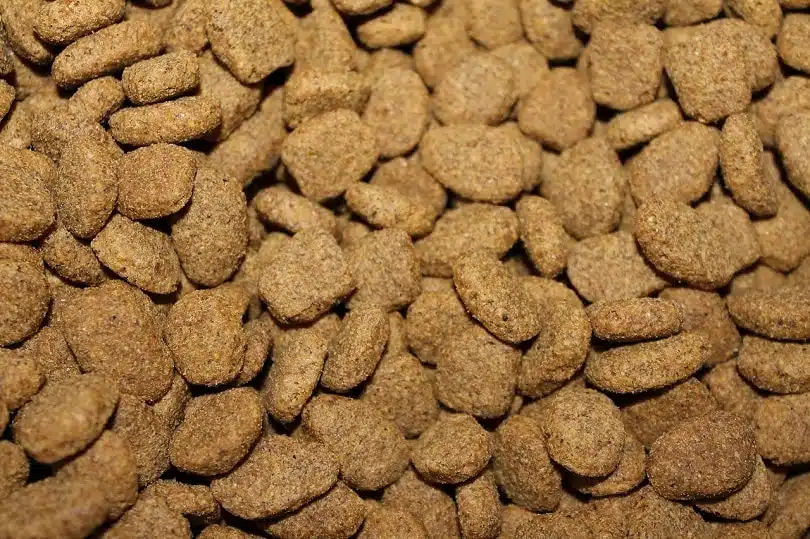
What Makes a Good Kibble?
A good kibble starts with high-quality ingredients. Look for a named protein, like chicken or salmon, as the first ingredient.
Avoid products with fillers like corn or soy as primary ingredients, as these offer little nutritional value.
Healthy fats, such as fish oil or chicken fat, provide essential fatty acids for a shiny coat, while digestible carbohydrates like sweet potatoes or peas are preferable over fillers.
Check the packaging for an AAFCO statement to ensure the food meets established nutritional guidelines.
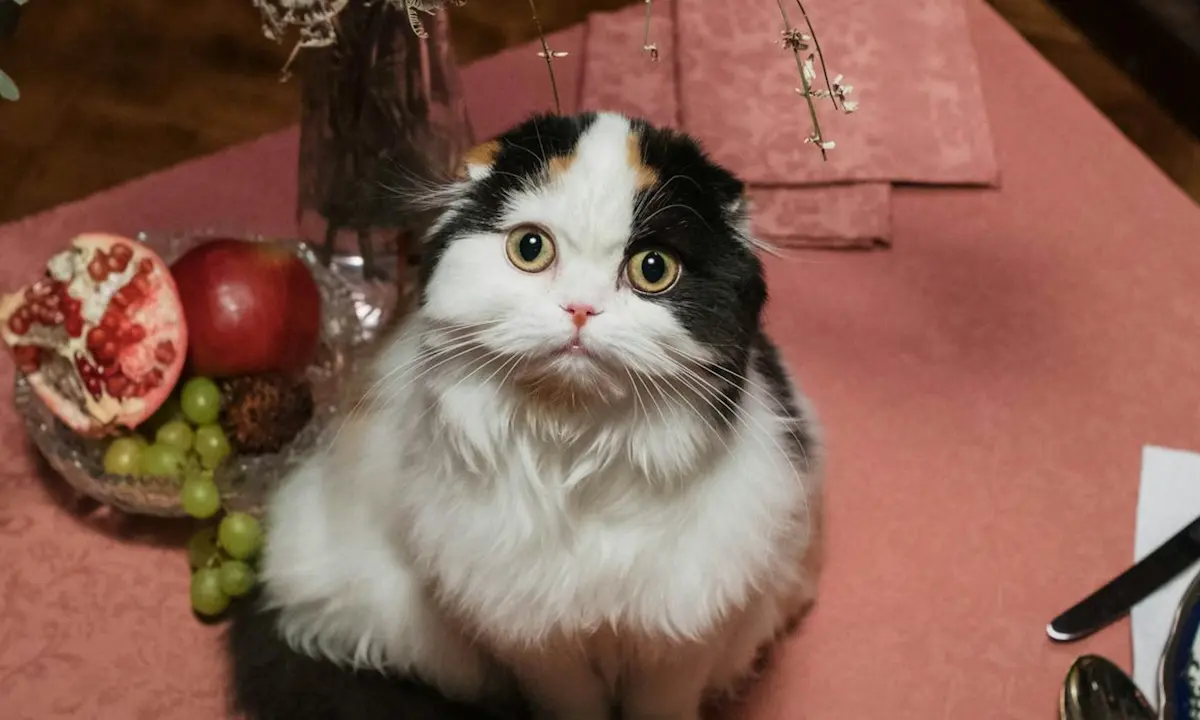
Making Kibble at Home: Is It Possible?
While making kibble at home is possible, it’s challenging to ensure it’s nutritionally complete. Cats require specific nutrients like taurine, Vitamin D, and Omega-3 fatty acids.
Without careful planning, homemade kibble could lead to deficiencies. If you want to try making kibble, consult a veterinary nutritionist to create a balanced recipe. Here’s a simple recipe to try as a treat:
Homemade Kibble Recipe
Ingredients: 2 cups cooked chicken, 1/2 cup sweet potatoes, 1/4 cup brown rice, 1 egg, 1 tbsp fish oil, 1/4 tsp taurine powder.
Instructions: Blend ingredients into a dough, shape into small pieces, and bake at 180°C (350°F) for 20 minutes until crunchy.

The Best Ingredients for Cat Kibble
The best kibble contains high-quality proteins like chicken, turkey, or salmon. Healthy fats from fish oil or flaxseed support a shiny coat and healthy skin.
Complex carbohydrates such as sweet potatoes or peas provide energy and are easier to digest than fillers like corn.
Look for kibble with natural preservatives, such as Vitamin E, rather than synthetic ones like BHA or BHT.
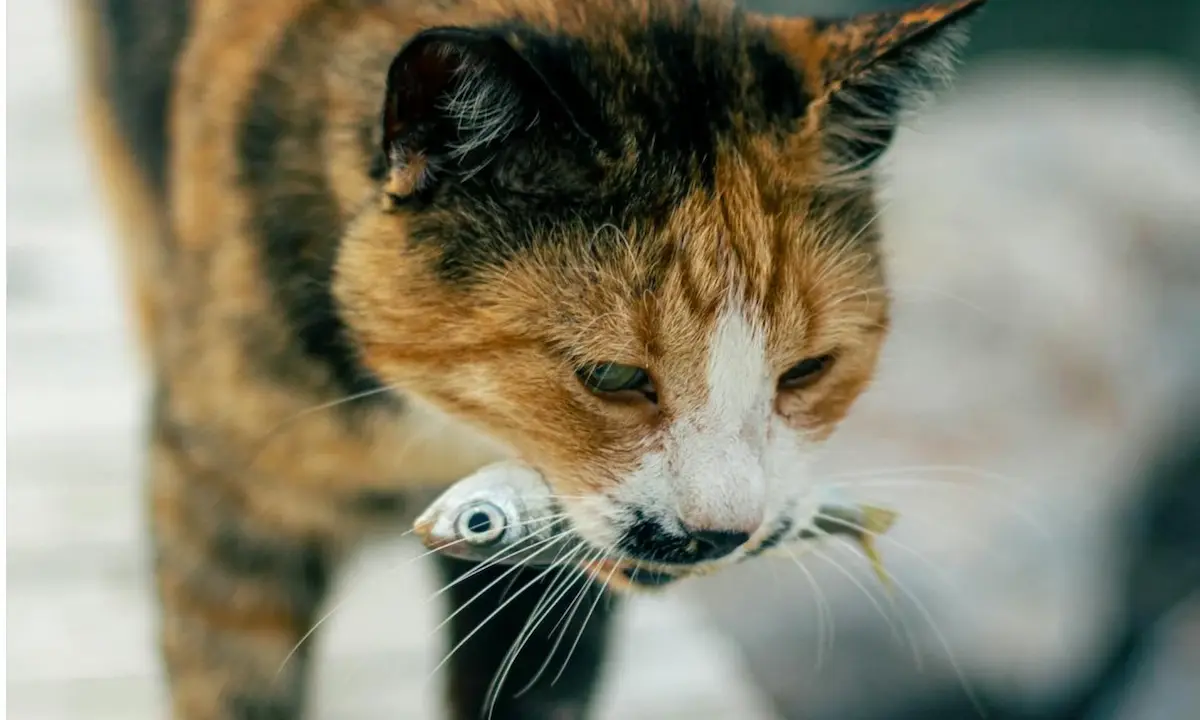
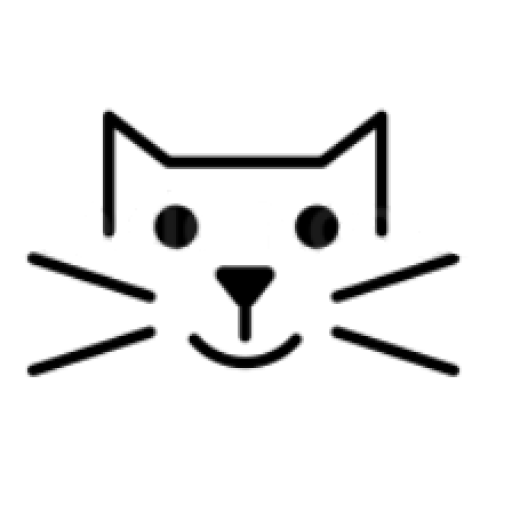
Wrapping It Up
Cat kibble is a practical and popular choice for pet owners, offering convenience and affordability. By understanding how it’s made, what to look for in a good kibble, and how much to feed, you can ensure your cat receives the best nutrition possible.
Whether you stick with commercial options or experiment with homemade recipes, always prioritize your cat’s unique needs.
Have thoughts on kibble or homemade cat food? Share your experiences below!
